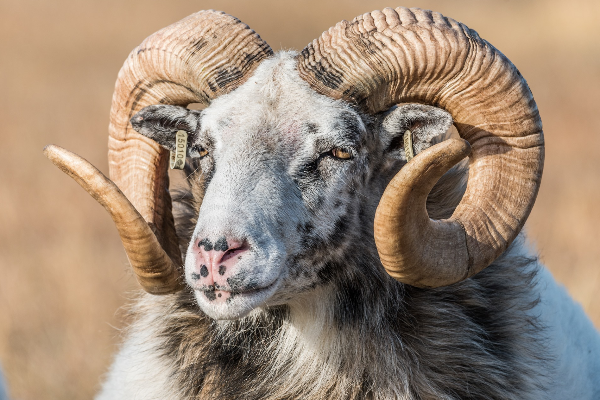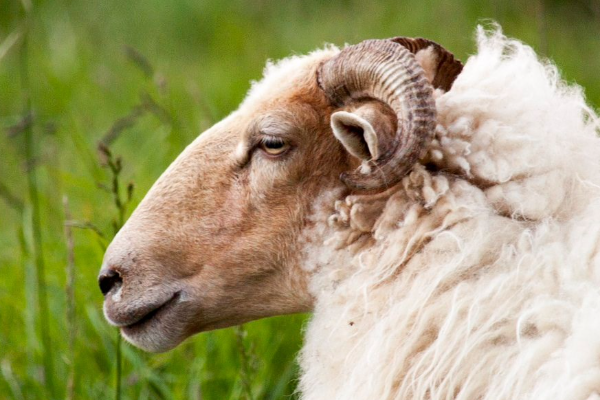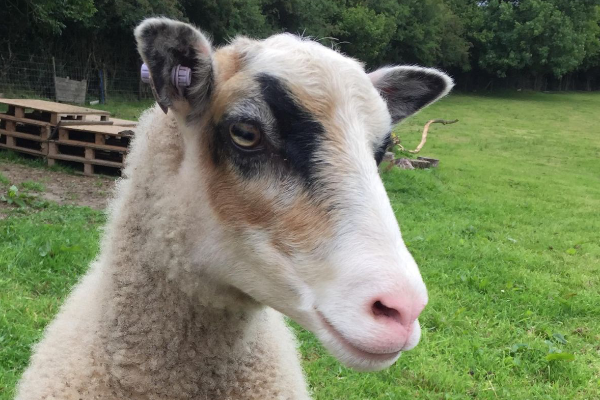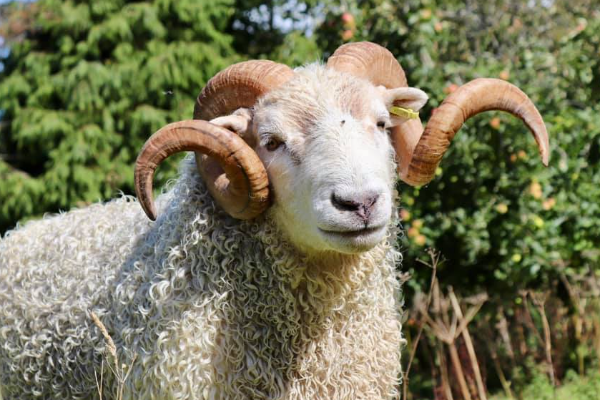Gute Sheep
What is the history of Gute Sheep?
The Gute (Gutefår) is a landrace-based breed of domestic sheep native to the Swedish island of Gotland. Gute sheep is the most primitive breed in the collection of breeds that make up the Swedish Landrace breed group.These breeds belong to the North European Short Tailed Breeds and are related to such breeds as the Finnsheep, Romanov, Spelsau, Shetland, Faroe, Orkney and Icelandic sheep.
Landrace sheep on the island of Gotland in the Baltic sea were little affected by the importation to Sweden of several long tailed foreign breeds during the 18th and 19th century.
Föreningen Gutefåret (The Gute Sheep Society) was founded in 1977.
What are the characteristics of Gute Sheep?
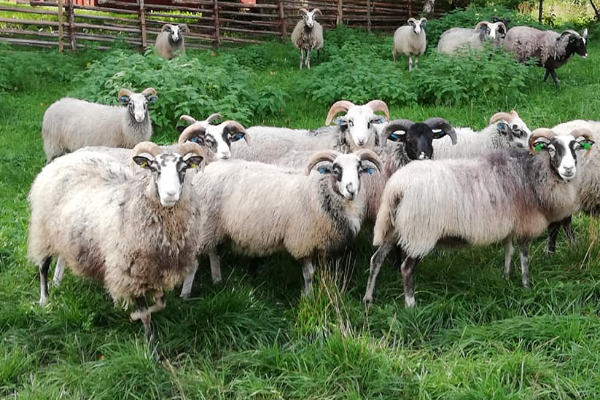
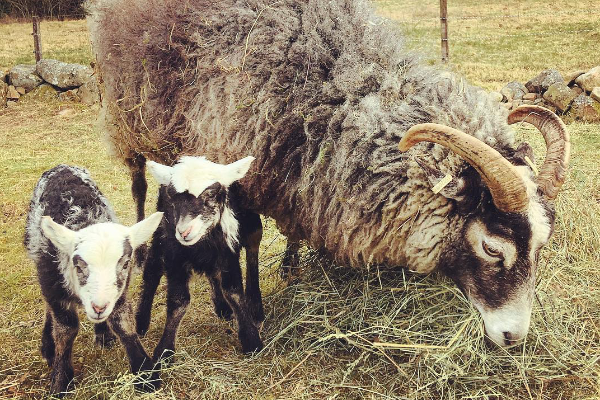
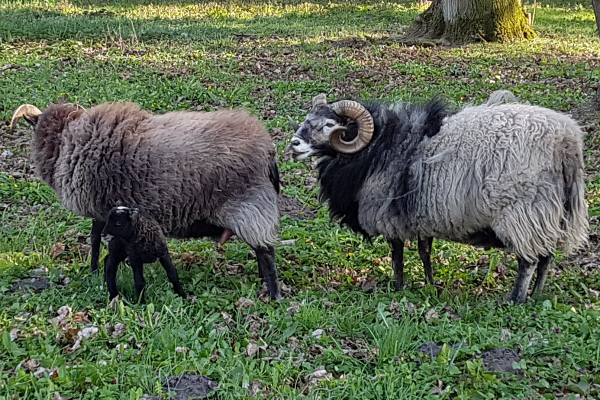
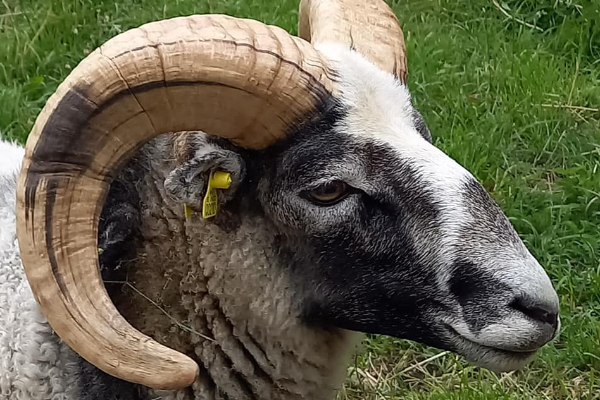
- The native Gute sheep had a coarse wool of several colors.
- The vast majority of the rams were horned while females could be either horned or hornless. Few sheep were truly polled, having depressions on the head at the horn sites. Before 1911 four-horned animals existed. Around 1920 selection among the pure Gotland landrace started, to produce sheep, that were polled in both sexes, with a curly coat and of an uniform grey color of a decided shade. This selection eventually resulted in the modern Gotland Sheep (sometimes referred to as Swedish Pelt, Swedish Fur or Gotland Pelt).
- The Swedish name of that breed is Pälsfår or Gotlandsfår.
- After a couple of decades only a few horned sheep with the original type of wool were left.
- The sheep are pronounced seasonal breeders, the ewes coming into heat around the end of October early November.
- They mature early and the ewes can easily lamb at 12 months of age.
- Ram lambs can breed in their first autumn.
- In their first year some ewes do not lamb, but since twin lambings are not that uncommon the lambing rate is still 100% in yearlings.
- Lambing rate in older ewes is 170-180%.
- Life expectancy is long, with healthy ewes commonly lambing until they are 11 to 12 years old.
- The base of the horns is triangular in males and oval in females.
- Rams are always horned.
- Ewes are also supposed to be horned but a few ewes never develop horns beyond the bud state. These cannot be considered true polled, however, since they do not have depressions at the horn sites but instead some of them can grow small scurs.
- Purebred Gute never have four horns.
- The most common color is grey.
- Dark grey animals have black legs and head while light grey ones also have white and tan hair on these parts of the body.
- Grey sheep often have light hair around the eyes and muzzle.
- Black sheep occur as well as white.
- The white sheep are seldom pure white, but instead they often have tan patches on the neck and other parts of the body. A few other patterns occur, for example sheep with white belly (mouflon pattern) and sheep with white hair in the tear ducts (english blue).
- Almost all non-white sheep have white markings. This can vary from only a small white star on the forehead to a blaze and white tail and white legs. It seems that the light grey sheep have larger white areas than the dark grey ones. Some sheep are piebald.
- The wool is coarse, and may be straight or wavy. It is a mixture of fine wool, long coarser hair and kemp fibers.
- On the neck and along the throat the sheep have long thick mane hair, much more in males than in females.
- The grey wool is a mixture of white and black fibers, the fine wool is then white and the coarser hair black.
- In light grey individuals many fibers are tan.
- In dark grey individuals some of the finer wool is black.
- The sheep never have wool in the face or on the tip of the tail.
- Most sheep shed their fleece partly or entirely in the beginning of the summer.
What is the weight of mature Gute Sheep?
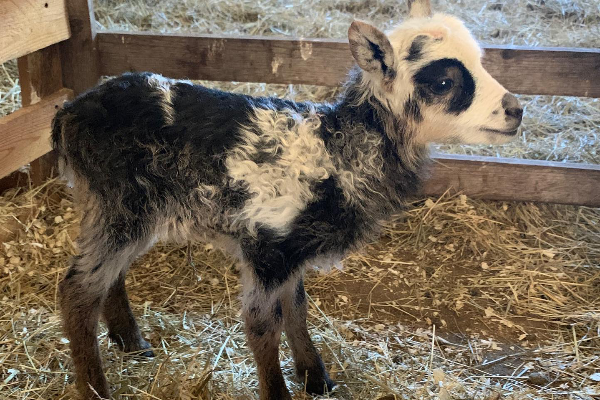
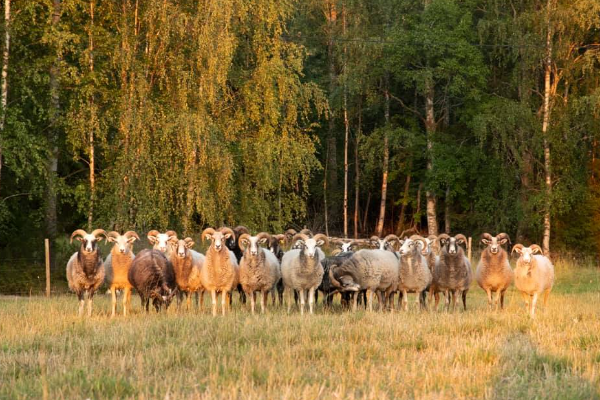
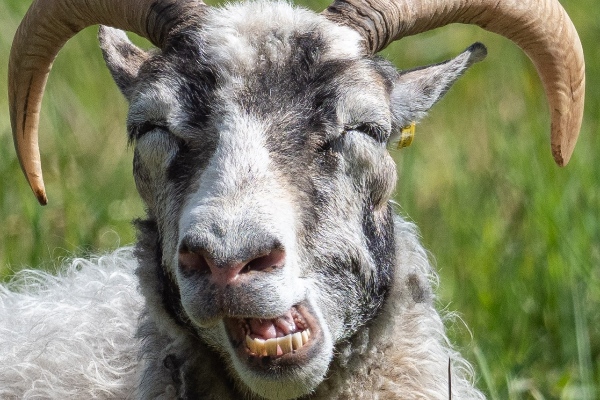
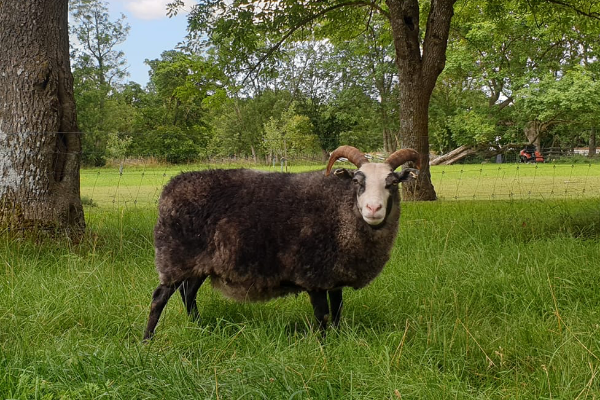
Gute ram is in the range of 75 - 100 kg and a mature ewe 45 –55 kg.

Written by
H Cetin KATIRCI
Online ShepherdBreedsMore
IllnessesMore
Forage cropsMore
![]() Патологическая физиология голодания Arina TARAN
Патологическая физиология голодания Arina TARAN![]() Дефицит фосфора (гипофосфатемия) Hipofosfatemi Arina TARAN
Дефицит фосфора (гипофосфатемия) Hipofosfatemi Arina TARAN![]() Какие бывают кормораздатчики для ферм КРС? Irina Makarova
Какие бывают кормораздатчики для ферм КРС? Irina Makarova![]() Кормушки для овец Diana Myakisheva
Кормушки для овец Diana Myakisheva![]() Питание домашних коз: что едят, виды корма и правила кормления Alina Arslantürk
Питание домашних коз: что едят, виды корма и правила кормления Alina Arslantürk![]() Важность минералов питании сельскохозяйственных животных Irina Makarova
Важность минералов питании сельскохозяйственных животных Irina Makarova
Use of the information/advice in this guide is at your own risk. The Farmow and its employees do not warrant or make any representation regarding the use, or results of the use, of the information contained herein as regards to its correctness, accuracy, reliability, currency or otherwise. The entire risk of the implementation of the information/ advice which has been provided to you is assumed by you. All liability or responsibility to any person using the information/advice is expressly disclaimed by the Farmow and its employees.

